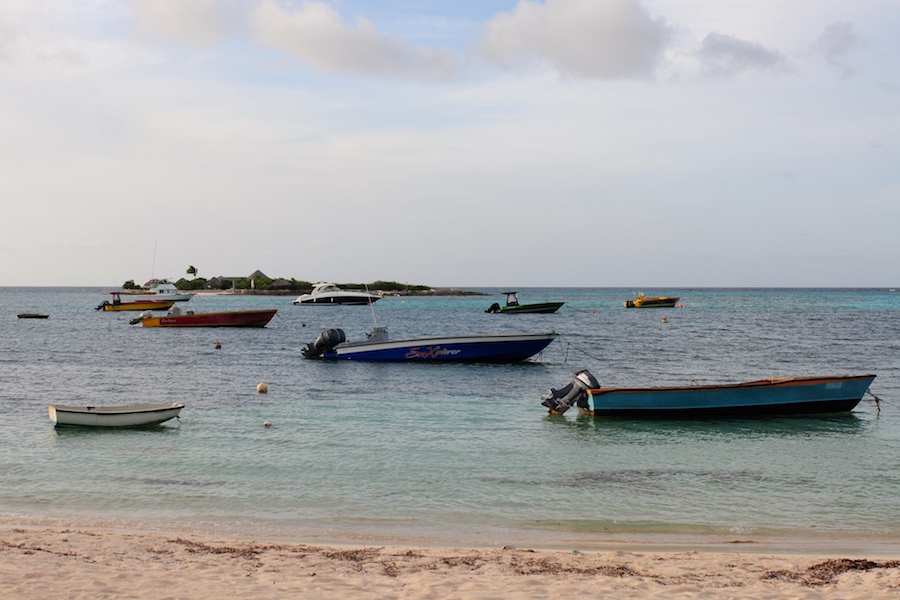Wealth comes in many guises, especially when it refers to the public resources of whole countries or territories. Some have oil, some have gold, others have massive snow-capped mountains that they turn into skiing resorts. Anguilla’s most precious natural resource is, without doubt, the many exceptional beaches that garland the island’s coastline, especially along the western part of it, from Rendezvous Bay to Shoal Bay West on the southern coast, and from West End to Long Bay facing north.
Anguilla’s gold is its sand, which comes in different shades of white and even varies in size and texture but which remains exceptional throughout the island. For centuries sand would have been of little value but with the advent of a beach-loving culture in the western world in the twentieth century and the unparalleled rise of the tourism industry Anguilla has found itself perfectly positioned to exploit a tendency that, at last, favors its natural disposition.
West End
Though just 16 miles long, Anguilla is so drastically different from one end to the other that on occasion you might still find some people in East End or Island Harbour who haven’t visited their family in West End for years, decades—sometimes ever! Indeed, east and west are so far apart in Anguilla that it’s often said that when resistance and revolt were being fraught in the eastern villages of the island in the heady days of separatism, back in the 1960s, people in West End were no wiser to the details than the central government in St. Kitts. It’s all idle talk, no doubt about it, but it serves to illustrate the enormous chasm that separates Anguilla’s opposite nodes.
If The West remained oblivious to preparations for the break-up with St. Kitts in the late 1960s, though, The East was left similarly in the dark when upscale tourism took the island by storm in the 1980s. The first luxury operation to on the island was Malliouhana on Meads Bay, which famously began its upscale service in 1981 before there was even a kitchen on the premises—consequently having to shuttle the food back and forth between Meads Bay and the restaurant in Cul-de-Sac, halfway across the island!
Then came Cinnamon Reef, which opened in 1983 on the more central location of Little Harbour, followed by the extended Malliouhana (Meads Bay, 1984), Cove Castles, designed by Myron Goldfinger and set on the beautiful Shoal Bay West (1985), Coccoloba Spa, wedged between Barnes Bay and Meads Bay (1987) and Cap Juluca on Maundays Bay (1988). Within less than a decade (plans for the development of Malliouhana began in 1979) the area between Meads Bay and West End had become the epicenter of Anguilla’s torrid transformation into one of the most coveted destinations in the world. The East, meanwhile, lay dormant and placid, as if the future hadn’t yet arrived.
Today the contrast between east and west is no longer quite as stark as it once was—and yet, West End village, with its quaint Caribbean look and laid back attitude, still preserves its unique identity. There’s prosperity all around, with large supermarkets where once there was but a grocery store and a beautifully maintained professional golf course where before all was scrub and stones, yet somehow West End remains impassive to the change, caught in the same self-absorption that once, perhaps, isolated it from the revolutionary bug. Same same, you might be tempted to say, but different.
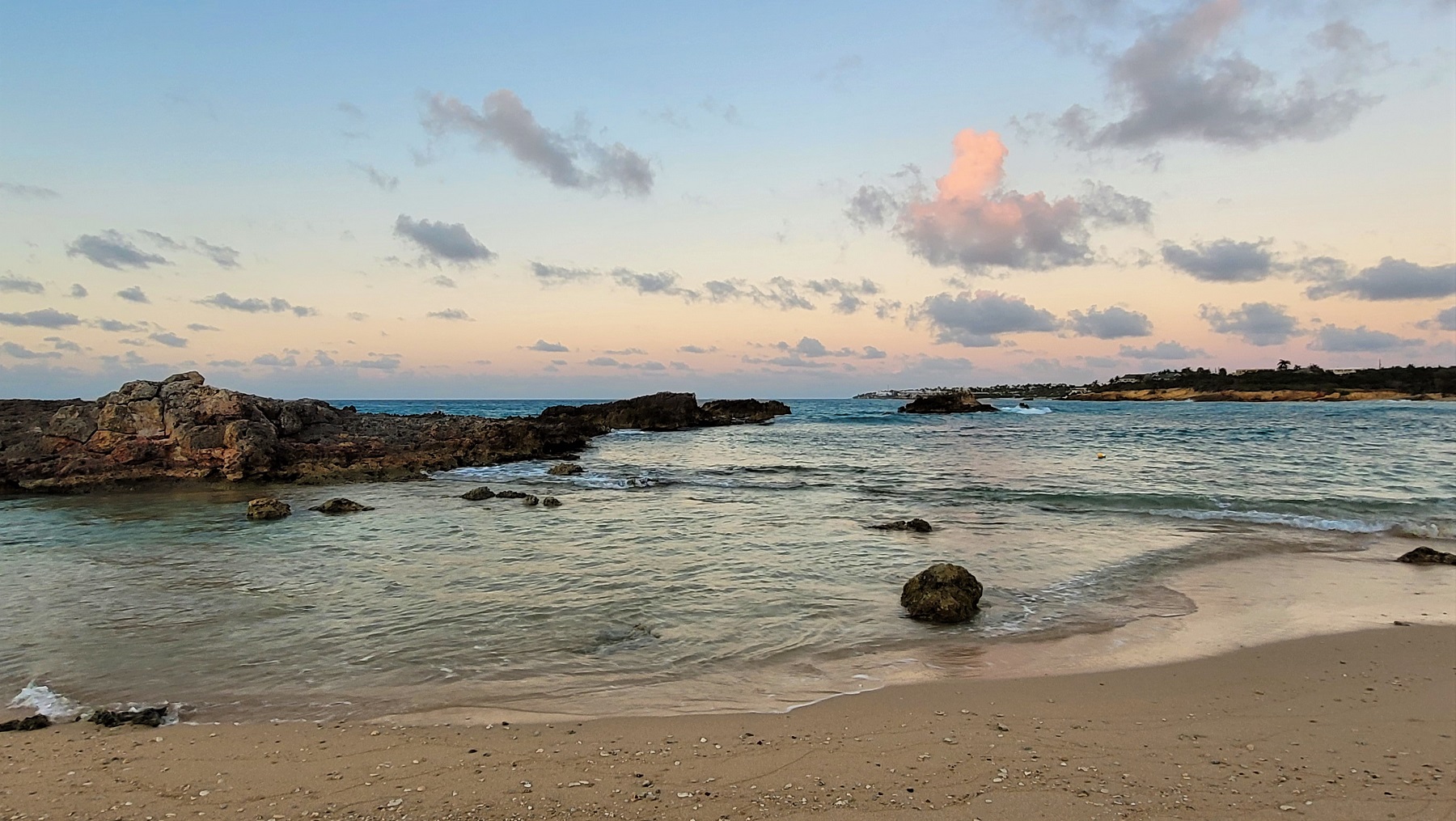
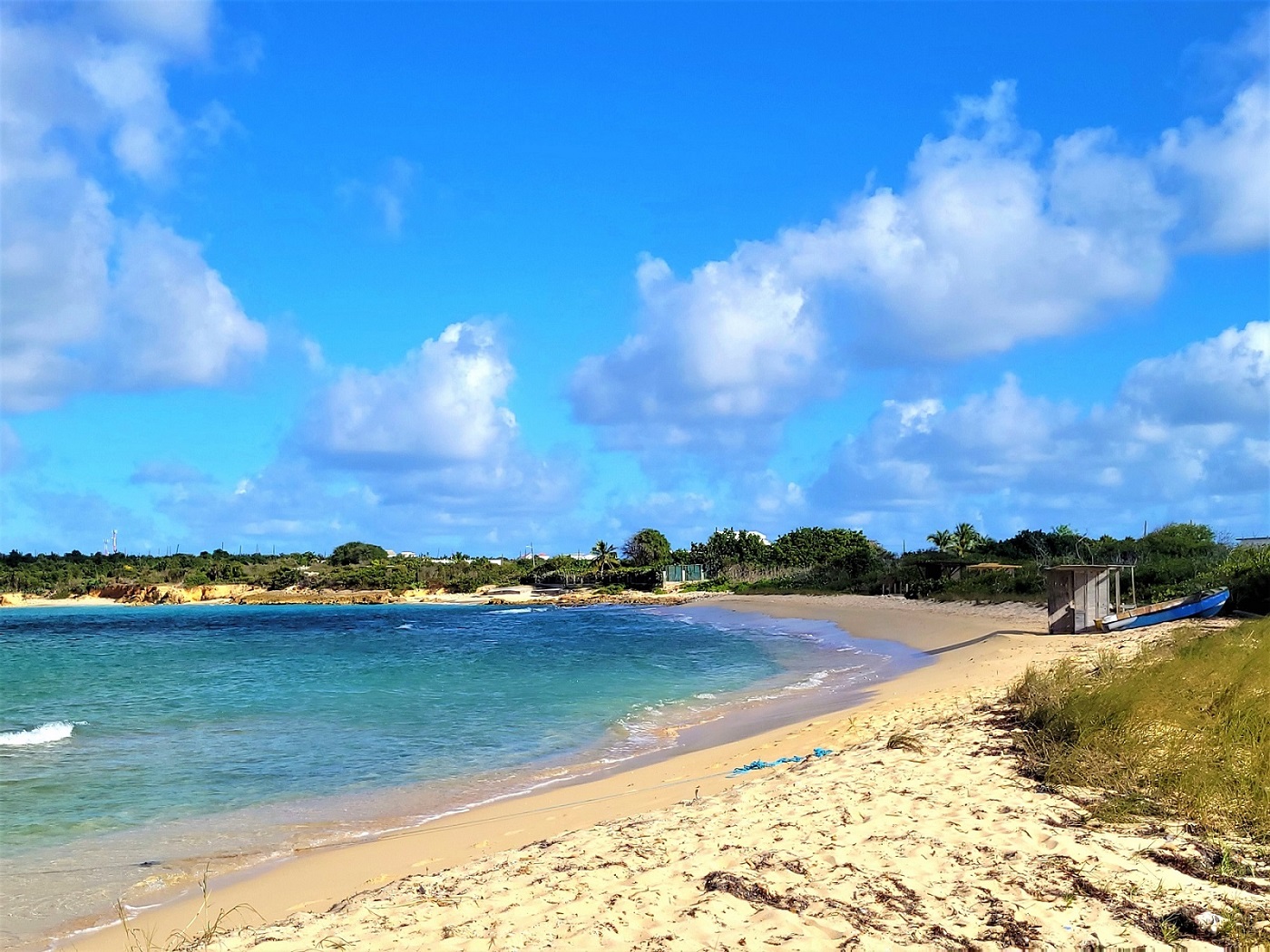
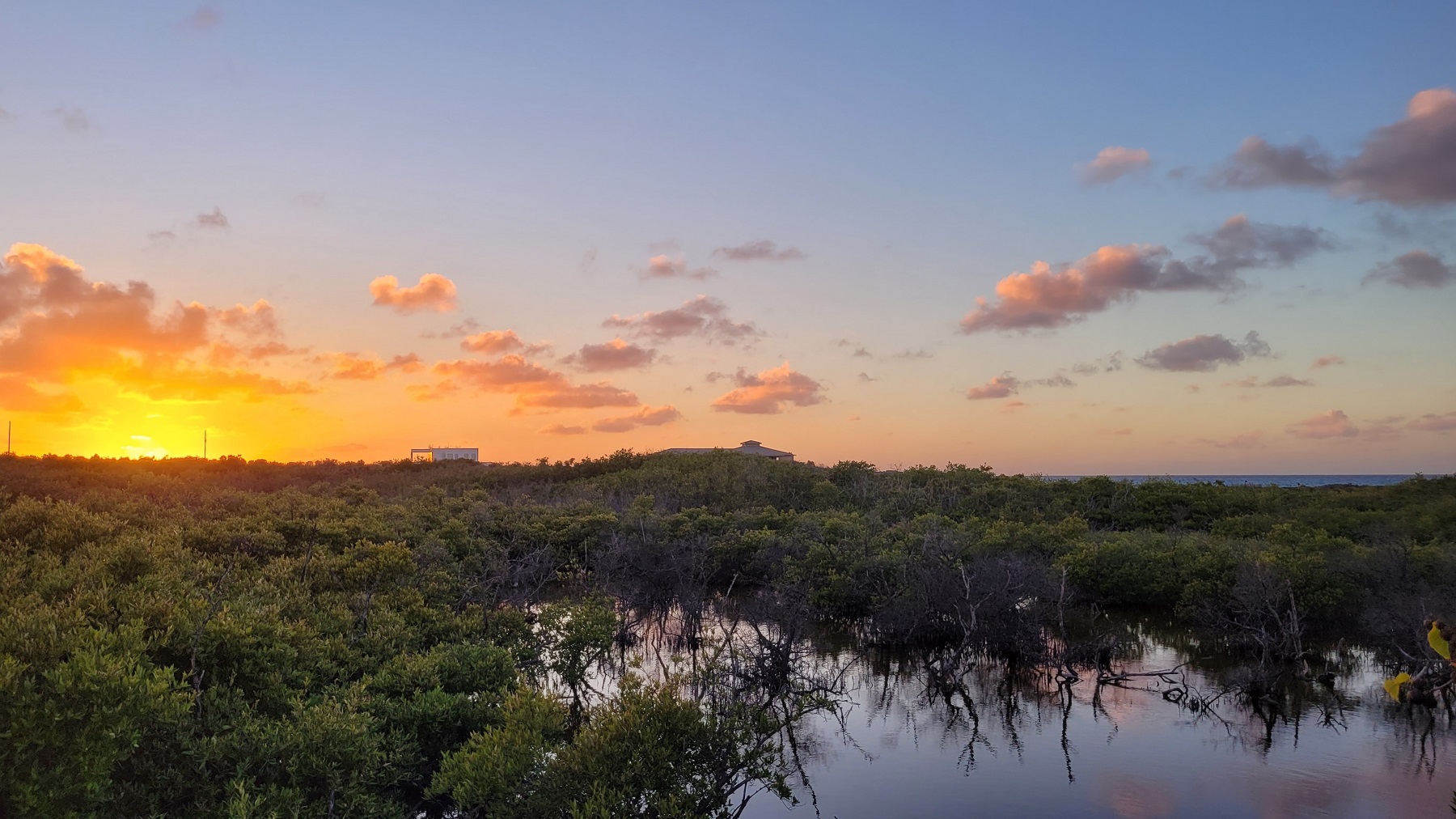
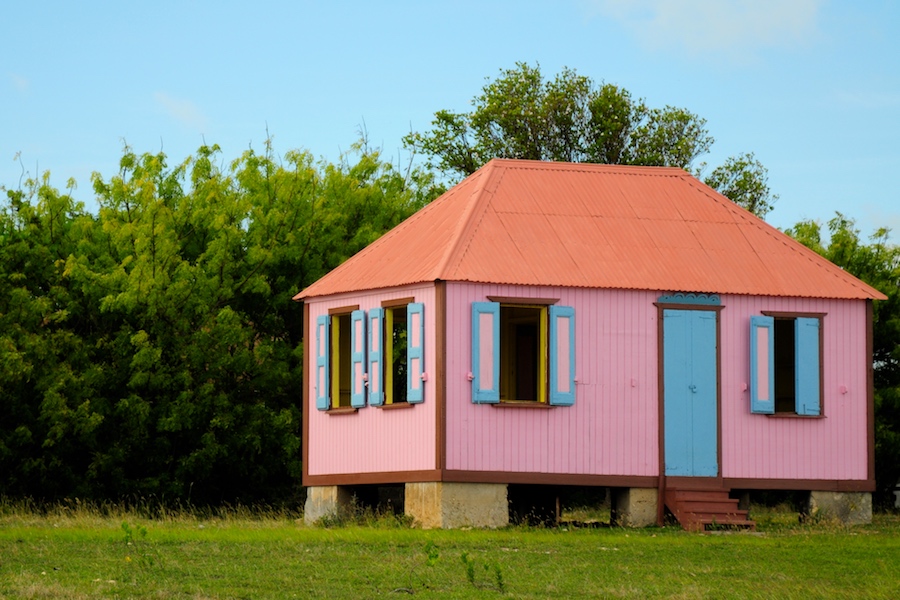
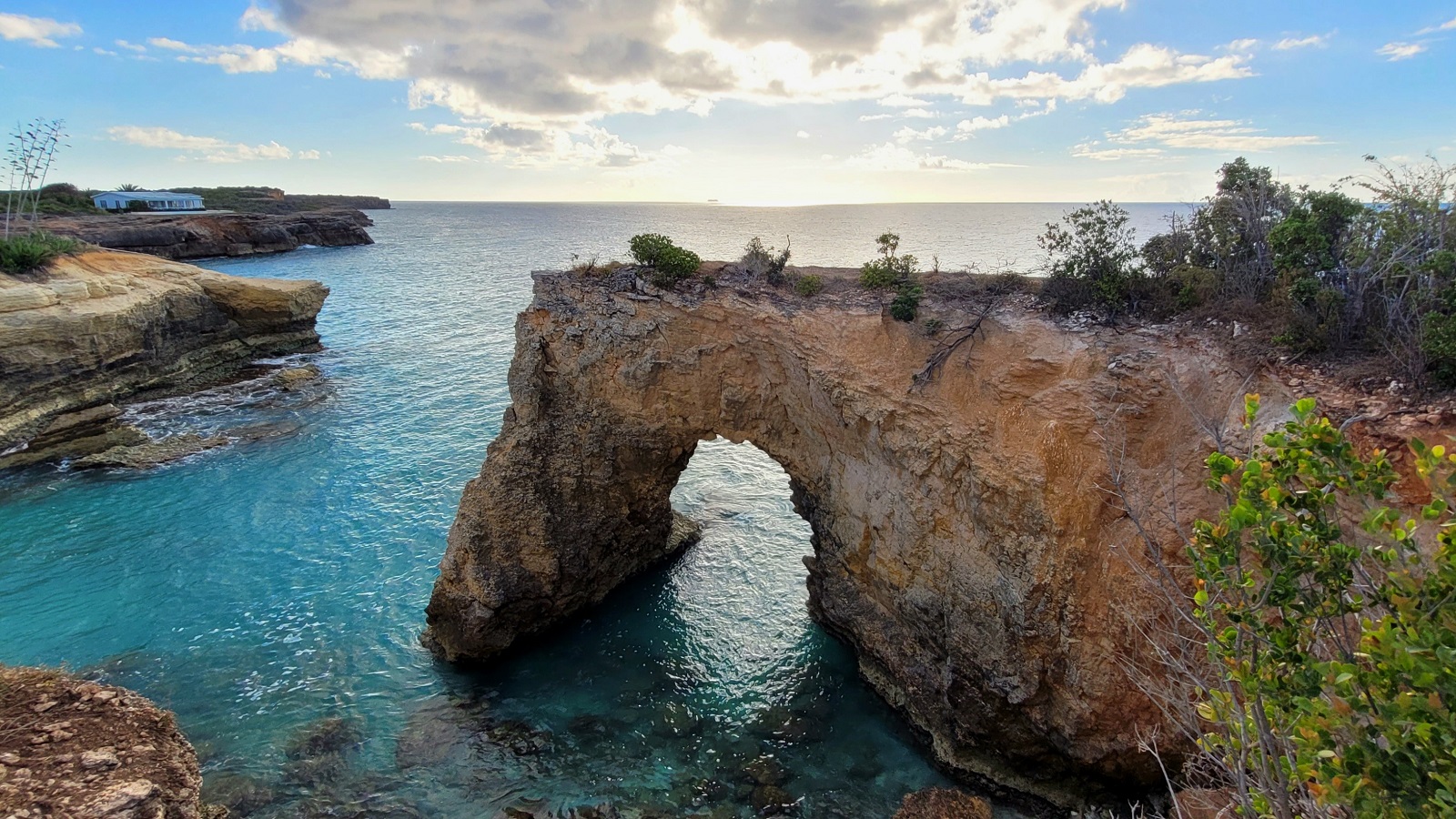
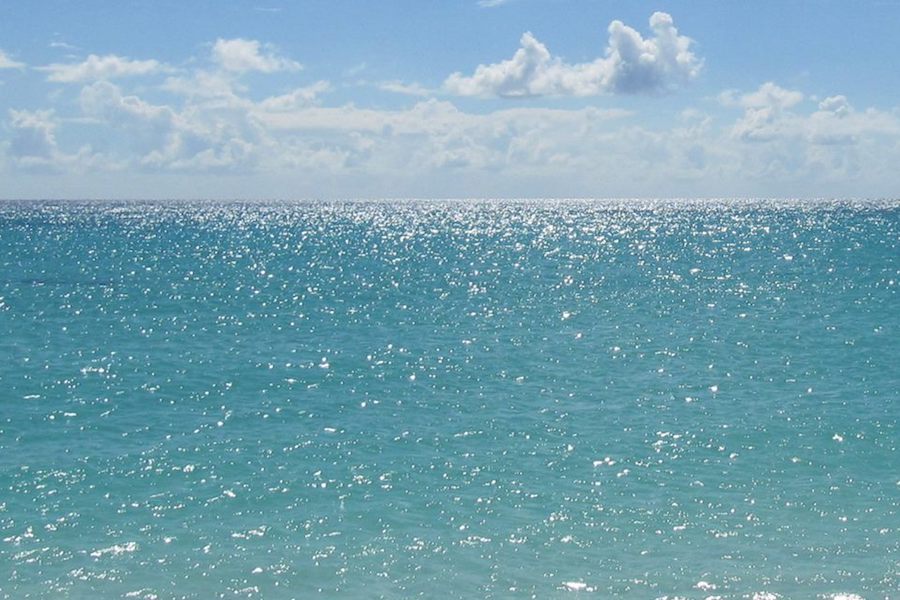

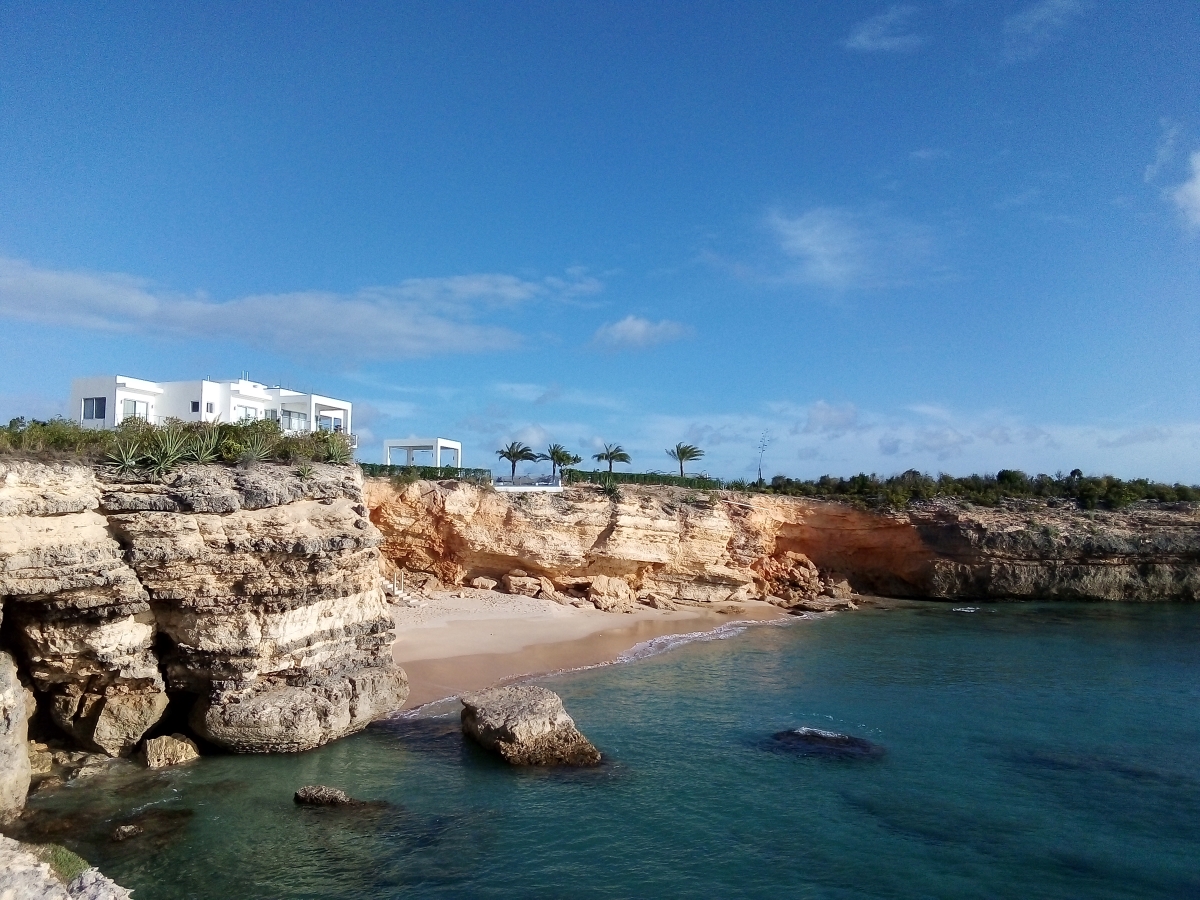
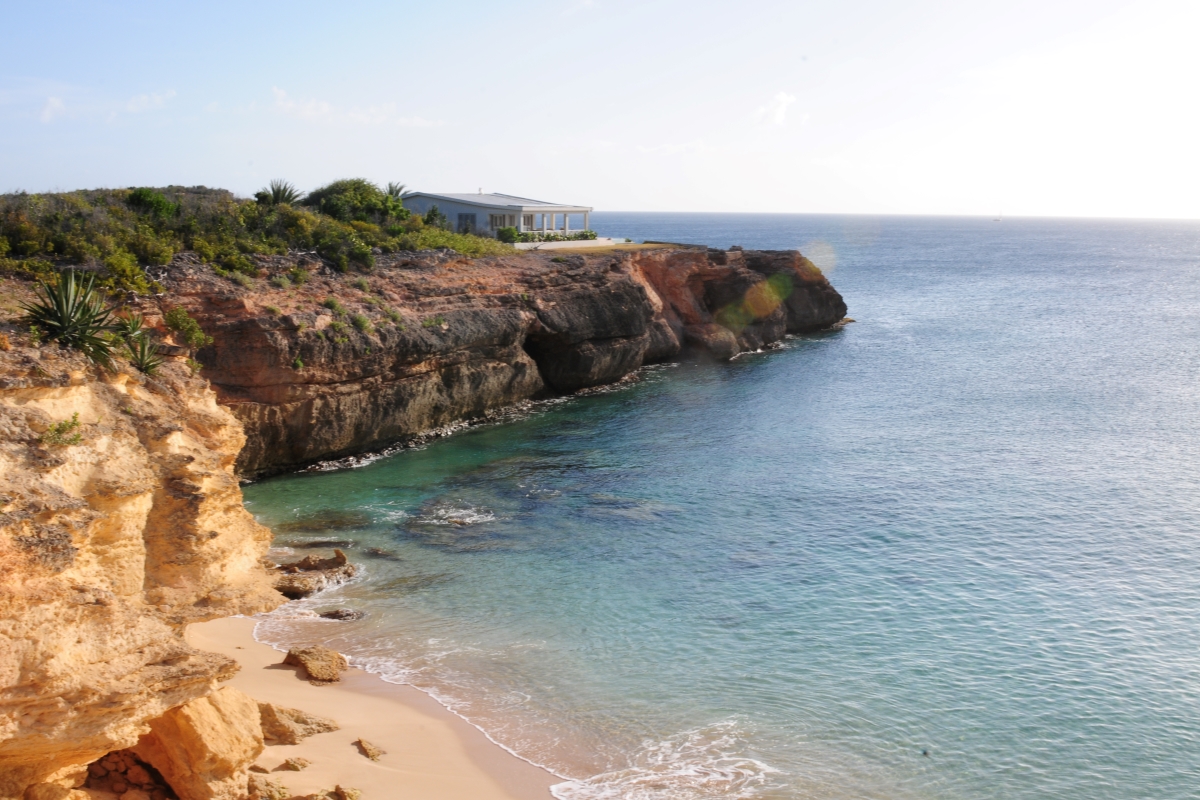
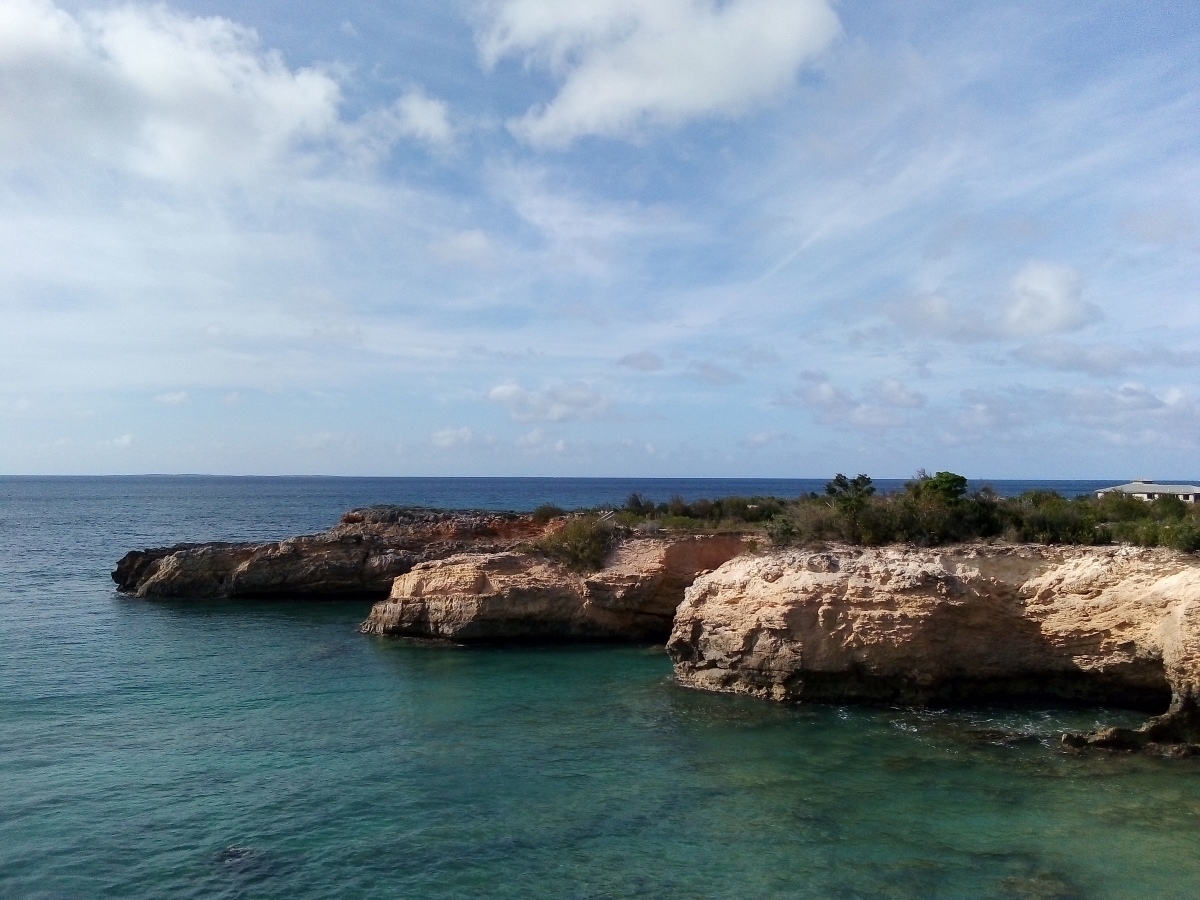

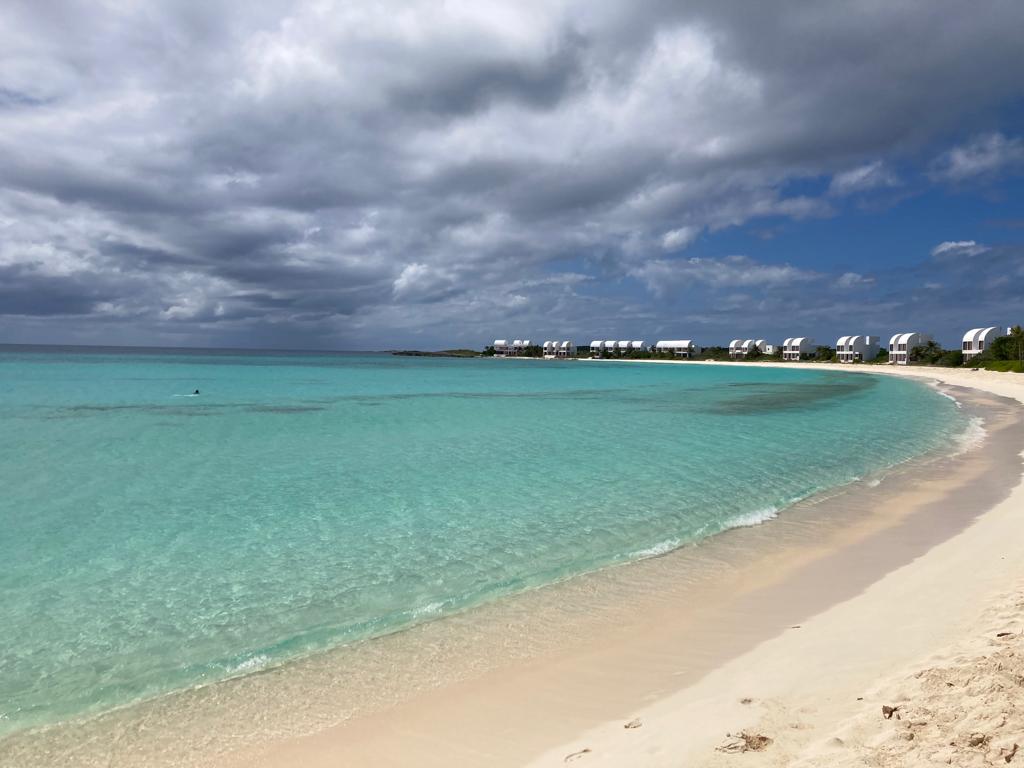

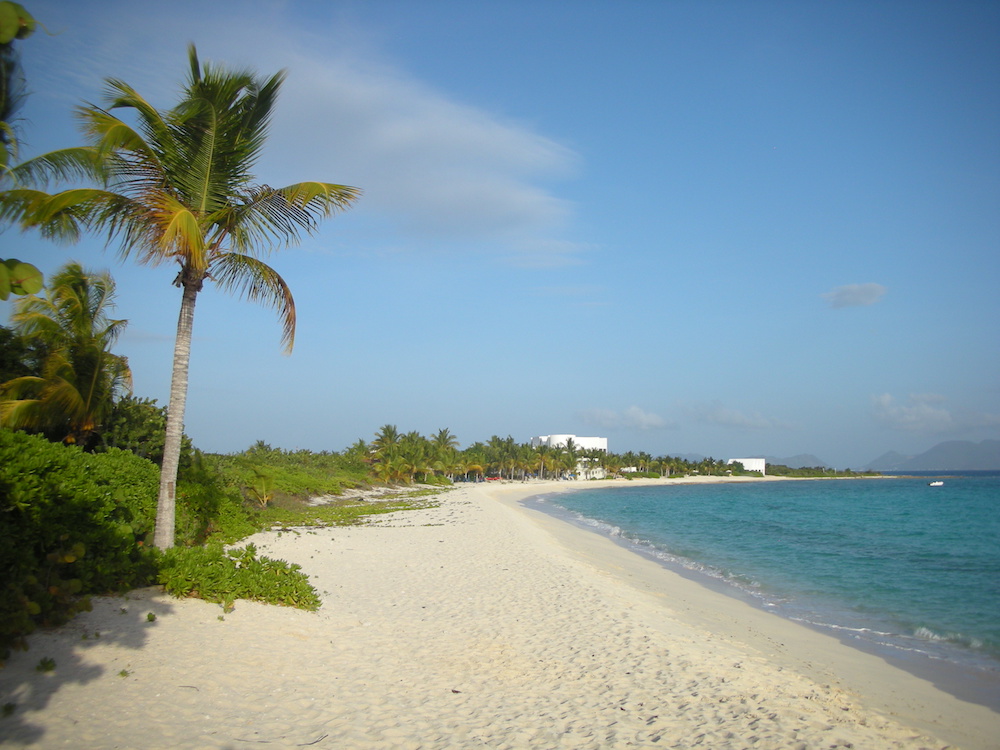
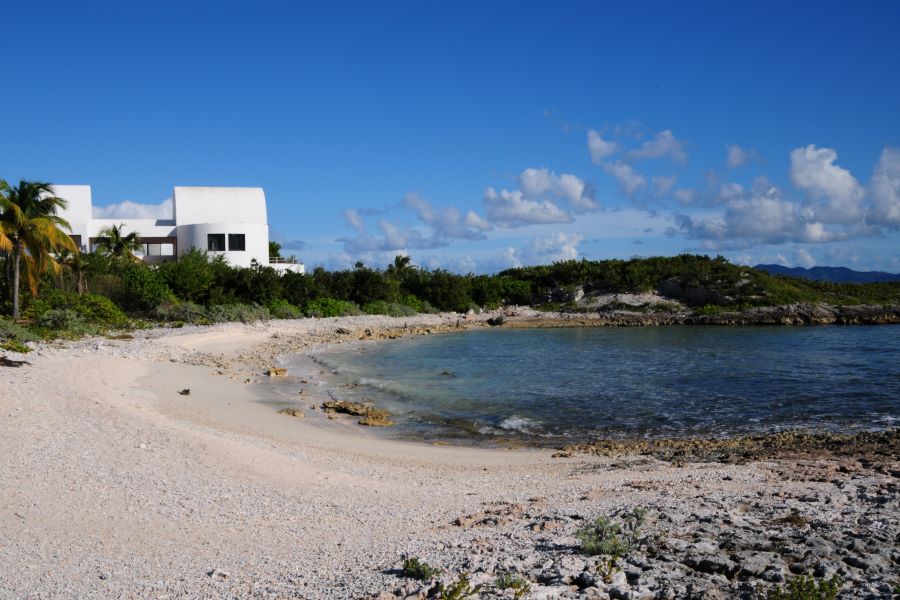
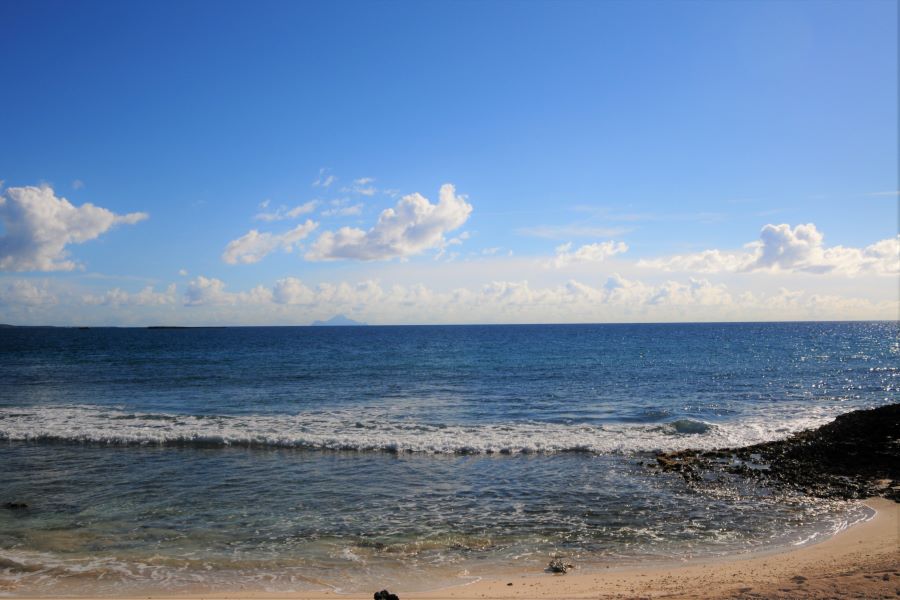
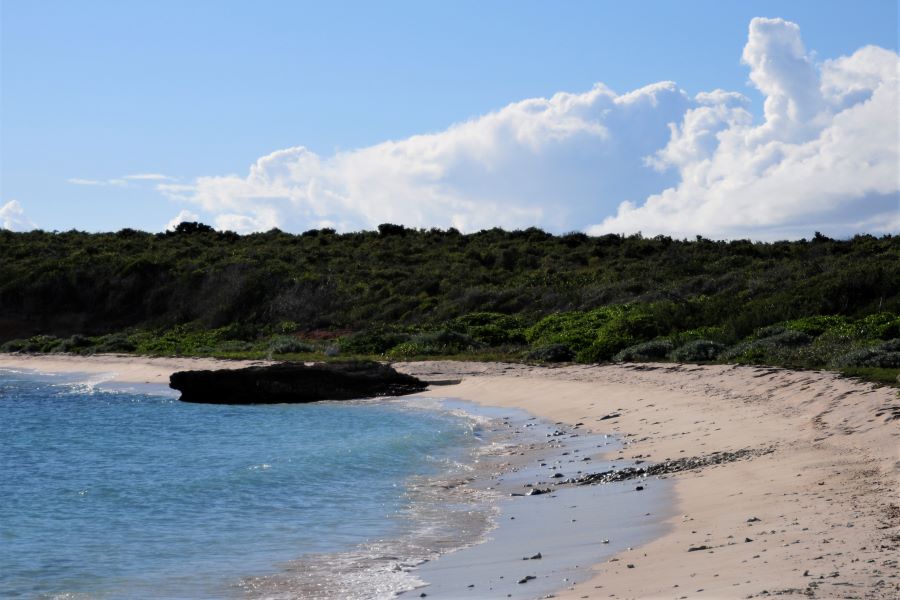
Blolly Ham Bay
For centuries, the most appropriate adage to describe Anguilla would have been “beggars can’t be choosers” but when it comes to beaches that would unequivocally have to be replaced for something along the lines of “spoiled for choice”. In the land of talc-like sand, this is a rather obscure and utterly uncelebrated beach, though not for that reason is it unloved. In fact, ask locals and they’ll likely speak fondly of Blolly Ham Bay, an unpredictable and slightly mysterious place, a beach that comes and goes with the tides, a secluded cove full of privacy, romance, and allure.
Whether there is an element of received wisdom in Anguillians’ liking for Blolly Ham is open for discussion but one thing is certain: as the island’s coastline juts northward it creates a promontory at the base of which the sand accumulates and is periodically exposed. This headland constitutes the perfect vantage point to watch boats arrive from the west, a feature that in the current environment is only useful on certain boat racing days but that in days past was central to Anguilla’s lifestyle.
Because the ships in question were not sail boats built specifically to race around the island but rather people carriers returning from the Dominican Republic, where the vast majority of the men spent half their year cutting sugar cane. Once the cane cutting season ended, round about the end of July or the beginning of August, the men would board the sailboats that would take them back to their island—and the ensuing sprint homeward was as important as it was reckless.
At stake were the bragging rights for the next six months, for one, but also the opportunity to get back to the island—and its women—ahead of everyone else. As the boats carrying men, money, and gifts materialized in the horizon the women would already be waiting on the promontory beyond Blolly Ham, gathered all the way up to the Point, where they would wave at the passing boats, their skirts flowing in the wind. Herein lies the source of Anguilla’s unbounded love for sailing, and the origins of the traditional boat racing season, which finds its climax in the middle of Anguilla’s Carnival. For sailing, like the beach at Blolly Ham Bay, is seasonal.
Shoal Bay West & Sherricks Bay
Long and narrow, bulky at the centre and progressively leaner towards the edges – that, in a sentence, is what Anguilla’s topography is like, practically creating two small but easily recognizable peninsulas on the east and west corners of the island. If this were the far end of a continent, with the coastline snaking its way into the distance and the land growing thinner against the backdrop of the infinite ocean, it would bear a name akin to Land’s End or Finis Terrae.
As it is, the final streaks of white sand on the southern shores of Anguilla are known by the rather more prosaic Shoal Bay West and Sherricks Bay. Only a small wedge of iron shore separate these two bays, yet one has been at the core of Anguilla’s development as a tourist destination, while the other one is hardly known at all.
Shoal Bay West used to be home to one of the island’s most high-profile properties, Covecastles – a cluster of private villas and hotel rooms designed by celebrity architect Myron Goldfinger, which opened back in 1985, when Anguilla was only just starting its journey in the world stage. Popular in particular among Hollywood celebrities, from Robert DeNiro to Robin Williams, Covecastles quickly became an architectural landmark, not just on the island but in the entire region.
Today only the empty shell of the towering hunchbacked structures remain as a distant reminder of the glittery days prior to the decline of the property, although Myron Goldfinger’s footprint can still be appreciated in the neighbouring Altamer compound, with similarly tall buildings boasting sharp angular features.
The site of the first Italian restaurant on island as well as what once was Chuck Norris’ house (which went on to become the highest real estate transaction at the time it was sold in the mid 2000s), Shoal Bay West is the diametric opposed to Sherricks Bay, its tiny sister just past the last one of the Covecastles.
Mora then a thousand feet of pristine beach land and the most breathtaking views, Sherricks Bay is one of the last spots in the West where you will find nothing other than sand and sun. Split in two by a modest rock formation, the first 70 yards of the bay are flanked by a small lip of the West End Pond, while the rest of the bay opens up to the Caribbean Sea with a quaint islet serving as focal point in the near distance and the striking silhouette of Saba adorning the horizon line.
Discover all our available properties in West End, Blolly Ham Bay, Shoal Bay West and Sherricks Bay.


